Chimney Sweeping
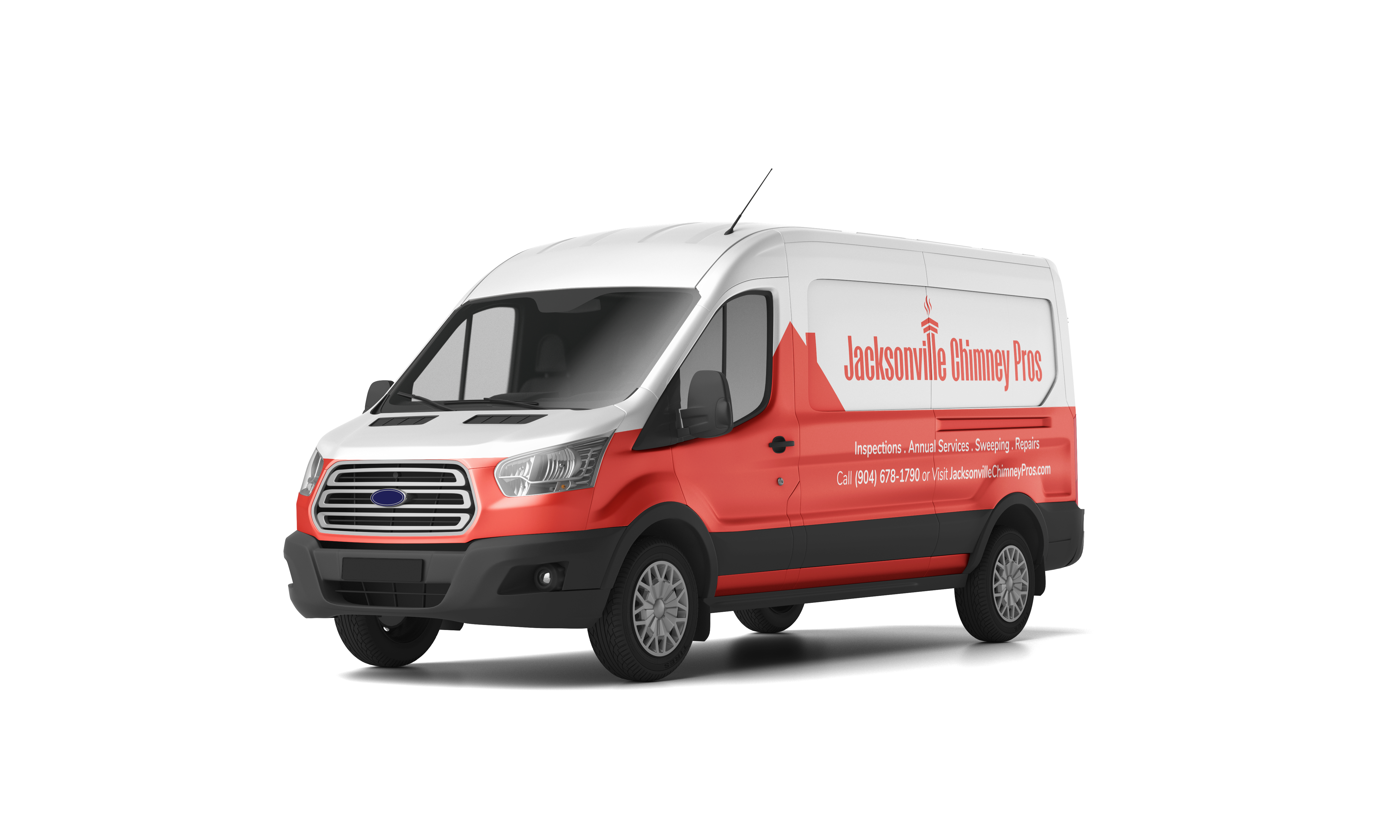
Why Chimney Sweeping Is Essential
Whether you’re shopping for a new home with a chimney already installed or looking to add one to your existing home, there are a lot of factors to consider. You need to check to make sure it’s in good, working order and that it fits the style you want for your home.
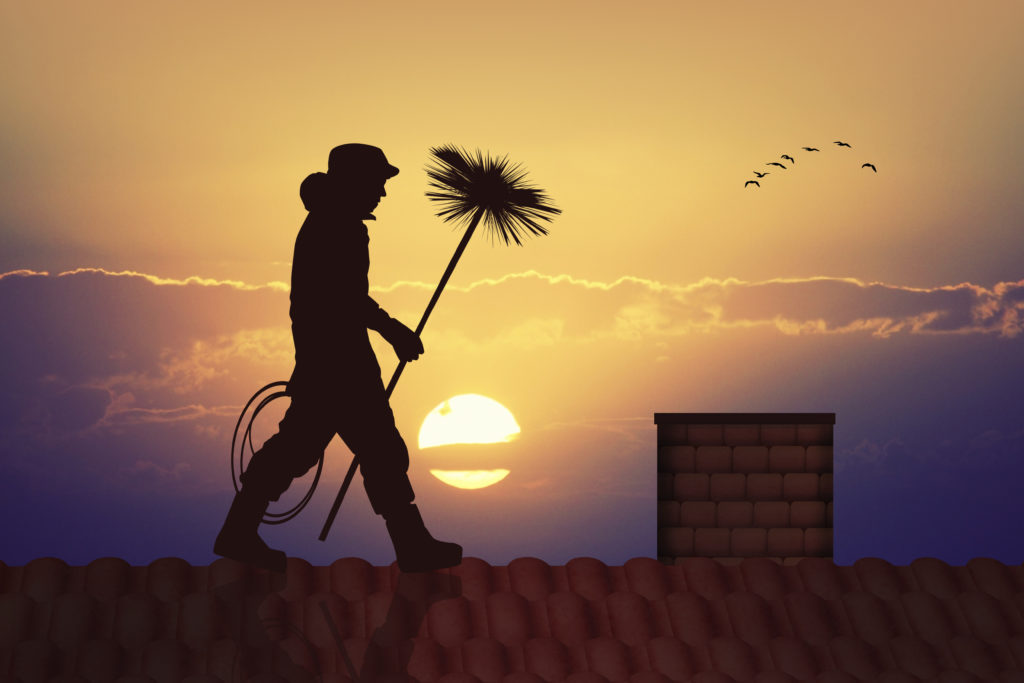

Nikro True HEPA Vacuums
Nikro LV10 vacuums are used during the chimney sweep, the same type of vacuum used for lead remediation!
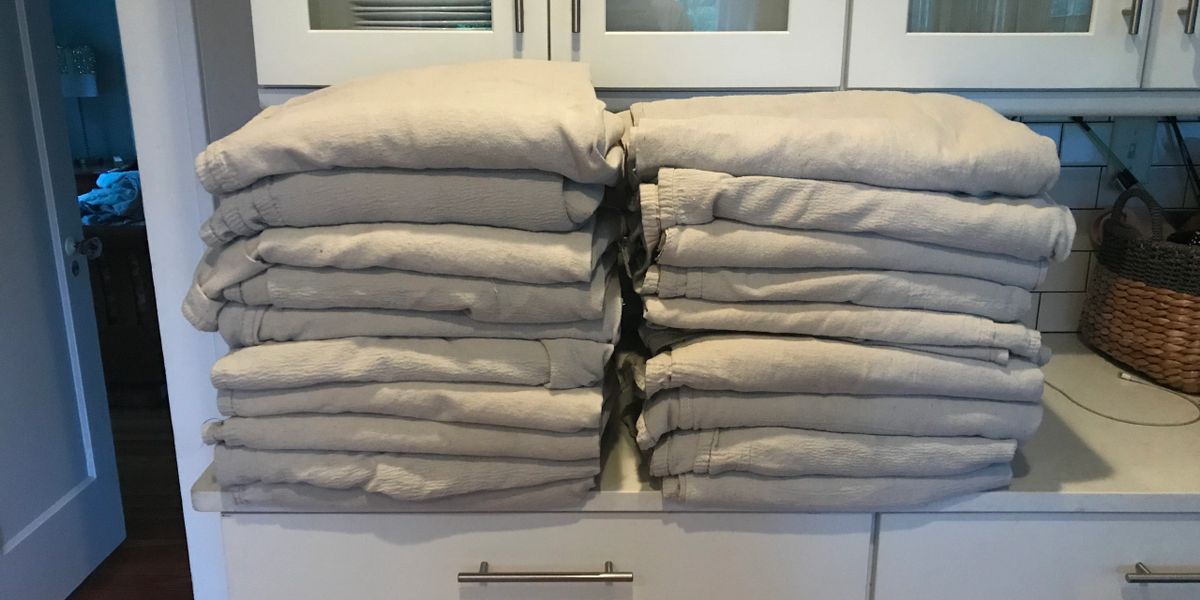
Clean Dropcloths
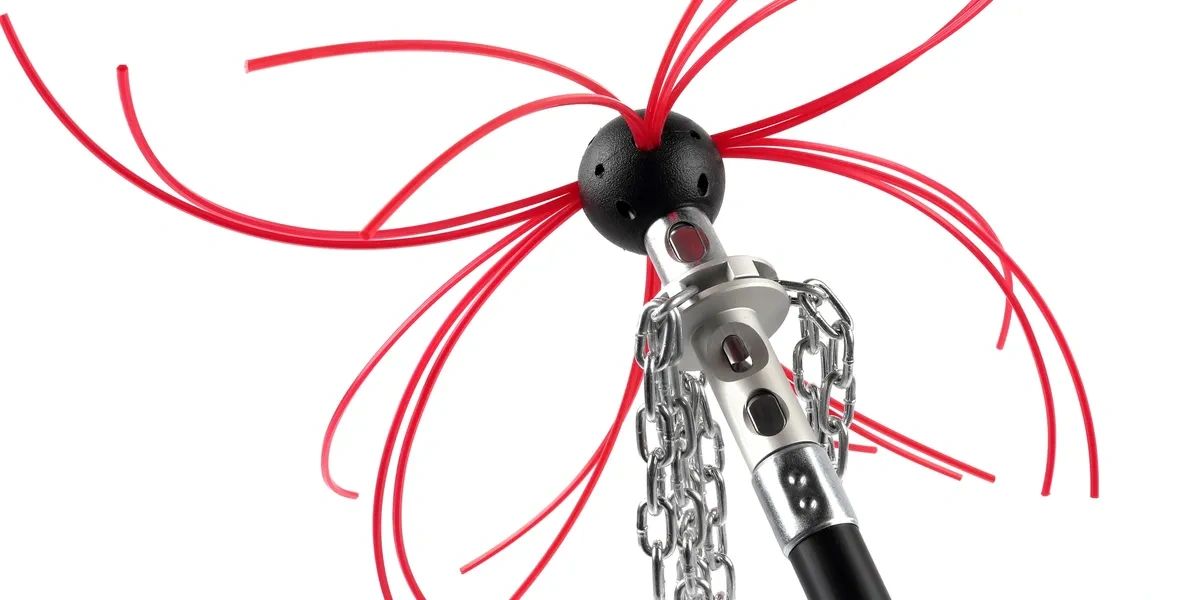
SnapLok Cleaning Systems
A wide variety of cleaning heads and soot reduction tools are kept on board to ensure your chimney is properly swept.
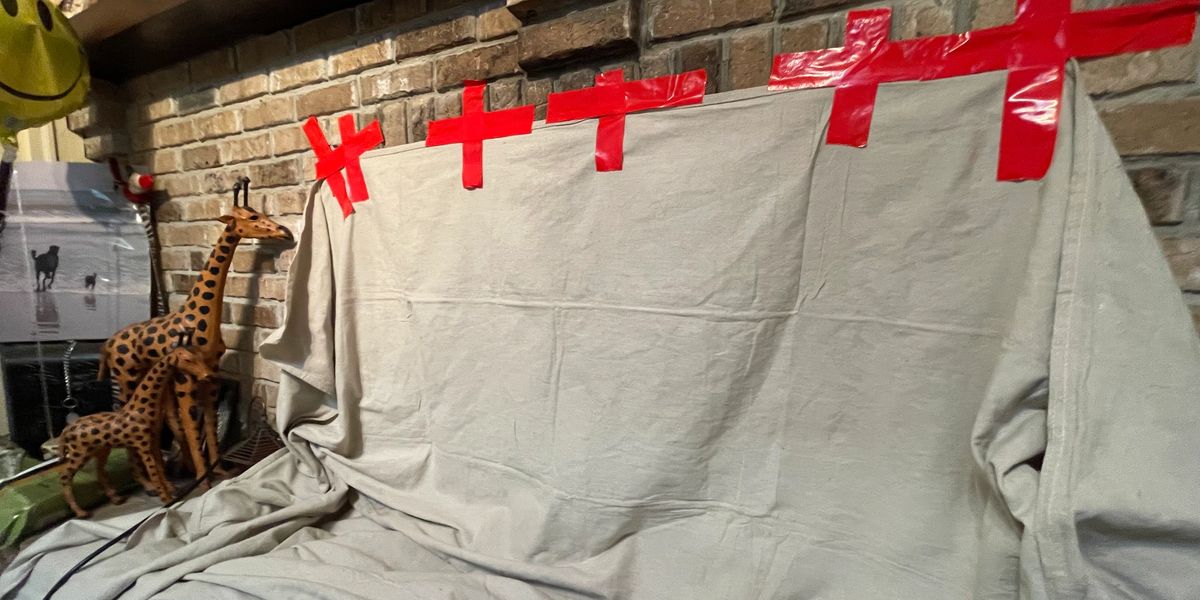
Fireplace Encapsulation
Why Chimney Sweeping Is Essential
Frequently Asked Questions
How do I prepare for my service?
- If possible, please create a 6’ x 6’ area in front of the fireplace for the technician’s workspace. If less space is available, we can always work around it using additional drop cloths.
- Please secure pets and small children, and remove birds from the room.
- Please remove anything hanging from the mantel. Any items above and on the mantel will be above the encapsulated area and will not be harmed.
Does it make a mess?
I have performed over 7,000 sweeps, and have developed a process that keeps your home clean. Please be advised that extremely dirty systems will create an odor in the same room after the sweep (rare event). If this does occur it can be resolved by opening a window for several minutes.
Why can’t you sweep without an inspection?
How often should the chimney be swept?
When is the best time to sweep the chimney?
Why Chimney Sweeping Is Essential
One thing to consider when buying a chimney is how much interaction and maintenance you want. Gas and electric fireplaces require little to no upkeep from the homeowner. They can often be controlled and maintained with just a remote control. A wood-burning fireplace, on the other hand, carries a lot of responsibility. They need to be cleaned on a regular basis, often with a professional’s help for a truly deep clean. But if you want that classic, wood-burning fireplace and chimney, they can be very worth the price.
Gas and electric fireplaces will add to your utility bills, though a gas fireplace might not be an option if your home is not connected to a natural gas or propane line. Checking those connections is an important part of buying a new home or renovating your current home.
A wood-burning fireplace and chimney are much simpler to fuel — unless you’re chopping down the trees yourself. The crackling sound of burning logs and that rich smell are truly part of the dream of owning a proper hearth. How concerned are you about the return on investment for your home? A fireplace may be a costly addition, but the enjoyment one gets from having such a beautiful centerpiece in your home might be worth any price in the long run. And when the time comes to sell your home, a properly maintained and operable fireplace will be a huge bonus. Another factor to consider is the style of fireplace you want in your home. The classic brick and mortar chimney is a long-standing tradition, and there are many design styles to choose from if that’s what you want. Brick and mortar is also preferred when it comes to the chimney on top of your roof.
More modern and contemporary homes feature a much wider variety of choices. Why settle for brick when you can build a hearth out of something more exotic, like black onyx? And if you’re going for something more electric or gas-burning, why force yourself to keep the fireplace grounded? Many modern designs position the fireplace higher on walls, almost like hanging a painting.
The design choices all come down to the main purpose of your hearth? Do you want it for heat, decoration or both?
Whatever the decision, one often overlooked factor is viewing your potential new fireplace when it is inactive. You’re not going to be burning wood 24/7, so how will that area look when it’s empty and not providing heat?
Another factor to consider is whether or not you need a fan to help circulate the hot air through your home. The best, most efficient fireplaces do not need a fan, and experts say that having a fan will only marginally improve your hearth’s output. Fans also create a lot of additional noise. Whether you’re shopping for a new home with a chimney already installed or looking to add one to your existing home, there are a lot of factors to consider. You need to check to make sure it’s in good, working order and that it fits the style you want for your home.
Fireplaces, hearths and chimneys are always ranked among the top “must-have” items for new homeowners. They are favored for the rustic, decorative style they add to any home. There’s even a bit of romance involved. But proper fireplaces and chimneys are more than just their good looks.
One thing to consider when buying a chimney is how much interaction and maintenance you want. Gas and electric fireplaces require little to no upkeep from the homeowner. They can often be controlled and maintained with just a remote control. A wood-burning fireplace, on the other hand, carries a lot of responsibility. They need to be cleaned on a regular basis, often with a professional’s help for a truly deep clean. But if you want that classic, wood-burning fireplace and chimney, they can be very worth the price.
Gas and electric fireplaces will add to your utility bills, though a gas fireplace might not be an option if your home is not connected to a natural gas or propane line. Checking those connections is an important part of buying a new home or renovating your current home.
A wood-burning fireplace and chimney are much simpler to fuel — unless you’re chopping down the trees yourself. The crackling sound of burning logs and that rich smell are truly part of the dream of owning a proper hearth.
How concerned are you about the return on investment for your home? A fireplace may be a costly addition, but the enjoyment one gets from having such a beautiful centerpiece in your home might be worth any price in the long run. And when the time comes to sell your home, a properly maintained and operable fireplace will be a huge bonus.
Another factor to consider is the style of fireplace you want in your home. The classic brick and mortar chimney is a long-standing tradition, and there are many design styles to choose from if that’s what you want. Brick and mortar is also preferred when it comes to the chimney on top of your roof.
More modern and contemporary homes feature a much wider variety of choices. Why settle for brick when you can build a hearth out of something more exotic, like black onyx? And if you’re going for something more electric or gas-burning, why force yourself to keep the fireplace grounded? Many modern designs position the fireplace higher on walls, almost like hanging a painting.
The design choices all come down to the main purpose of your hearth? Do you want it for heat, decoration or both?
Whatever the decision, one often overlooked factor is viewing your potential new fireplace when it is inactive. You’re not going to be burning wood 24/7, so how will that area look when it’s empty and not providing heat?
Another factor to consider is whether or not you need a fan to help circulate the hot air through your home. The best, most efficient fireplaces do not need a fan, and experts say that having a fan will only marginally improve your hearth’s output. Fans also create a lot of additional noise.

The Chimney Safety Institute of America recommends that open masonry fireplaces should be swept at 1/8″ of sooty buildup, and sooner if there is any glaze present in the system. This is considered to be enough fuel buildup to cause a chimney fire capable of damaging the chimney or spreading to the home. Factory-built fireplaces should be swept when any appreciable buildup occurs. The logic is that the deposit is quite acidic and can shorten the life of the fireplace.
Schedule An Inspection
Call (904) 678-1790 Or Click the Link To the Right to Schedule Your Next Service Right Away